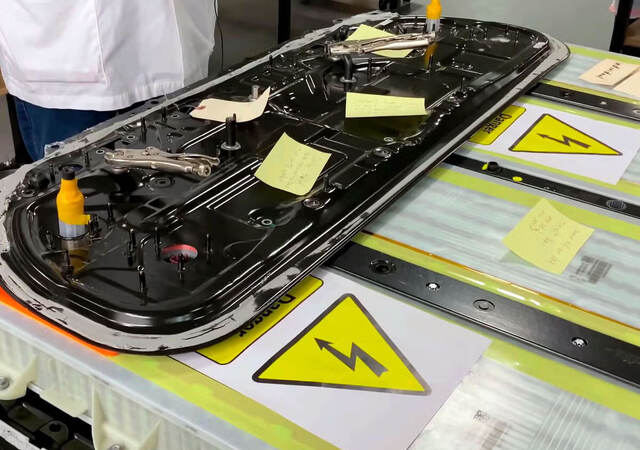X
Stay ahead, subscribe for more Insights!
Sign up to receive monthly safety, security and sustainability Insights from UL Solutions.
Please wait…









